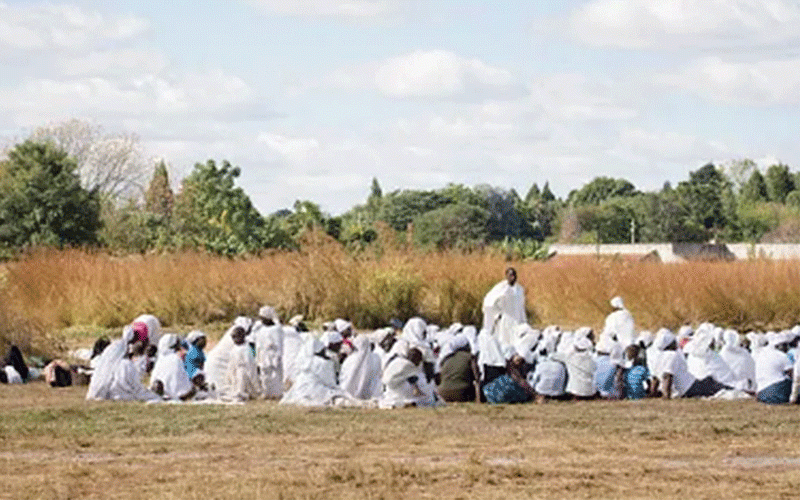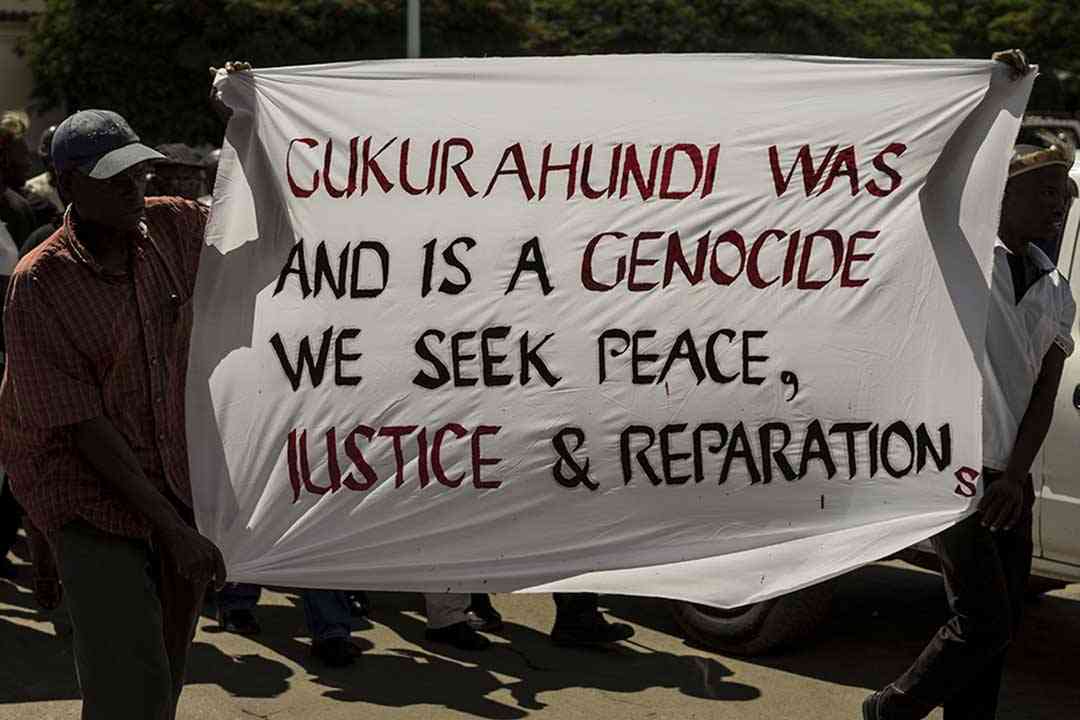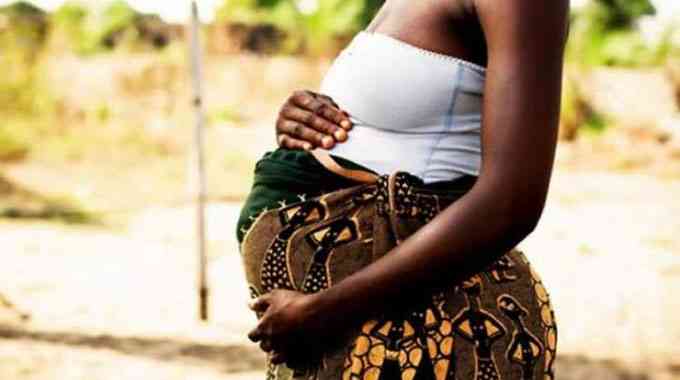
ZIMBABWE’S child protection crisis remains high despite strengthened child protection laws, with approximately 21,2% of girls aged 15-18 forced into child marriages, the United Nations Children's Fund (Unicef) has said.
In its 2024 annual report titled, A year of progress for every child in Zimbabwe, the UN agency said 35% of children (5-17 years) engage in labour while 26% is employed in hazardous sectors like mining and agriculture.
Unicef said poverty, social norms and weak enforcement sustained the crisis, with 64% of children enduring violent discipline and birth registration stagnating at 51%.
“Violence against children remains a concern, with 64% of children experiencing violent discipline and 35% of children aged 5-17 years are involved in some forms of child labour while 26% work in hazardous situations in agriculture, artisanal mining and waste management,” the report said.
“Child marriage rate remains high at 21,2% for adolescent girls aged 15-18, driven largely by poverty and social norms. Birth registration coverage is still low at 51%.”
It further indicated that progress was constrained by limited resources for child protection services and shortage of social workers.
“Unicef's strategic advocacy and technical assistance resulted in an improved and strengthened legislative framework in Zimbabwe for child protection. Eight laws and policies were enacted to strengthen child protection safeguards and improve access to justice, including the Children’s Amendment Act, the Child Justice Bill and the Legal Aid Amendment Bill.
“Additionally, a total of 117 588 children and adolescents in humanitarian situations benefited from community-based mental health and psychosocial support (MHPSS).
- More action needed to stem child marriages
- Child marriage: A heavy cost for young girls in Africa
- Feature: Cyclone Idai victims struggling with mental health challenges
- Child marriage comes with a heavy cost
Keep Reading
“Through the sectoral integration of child protection in education, a total of 106 090 learners benefited from the Safe to Learn Programme, contributing to reducing violence against children in school environments and strengthening referrals.”
Unicef said Zimbabwe’s water and sanitation crisis persisted, with only 64% of the population accessing basic drinking water and a mere 36% using proper sanitation, figures unchanged since 2020.
Progress on meeting SDG targets on WASH (Water, Sanitation and Hygiene) remains stagnant in part due to the ongoing deterioration of water infrastructure across the country and failure to rehabilitate these systems, stemming from inadequate investments in operational maintenance.
“Access to basic drinking water services is at 64% since 2020 and the percentage of people using basic sanitation remains constrained, at 36%. The national hygiene coverage has remained at 42%.
“Disparities in hygiene access are notable between rural (36%) and urban (56%) areas, highlighting the need for targeted hygiene promotion and educational programmes for vulnerable rural populations.
Unicef said improved access to basic water services was especially beneficial to women and girls as it reduced the burden of fetching water, increasing time available for women and girls to engage in other productive and/or social endeavours.
“However, the construction of latrines remained low. Unicef made significant strides in integrating child sensitivity into climate and environment policies, evidenced by the development and enhancement of two key strategies,” he said.










